
| Recorded by: Mark Basinger on 2025-08-23
Brunswick Co.
Comment: | 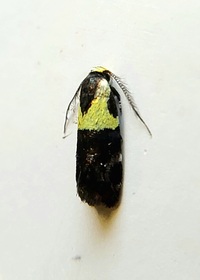
| Recorded by: Mark Basinger on 2025-08-23
Brunswick Co.
Comment: |
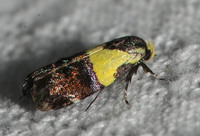
| Recorded by: Chuck Smith on 2025-05-16
Davidson Co.
Comment: | 
| Recorded by: Emily Stanley on 2024-07-11
Buncombe Co.
Comment: |
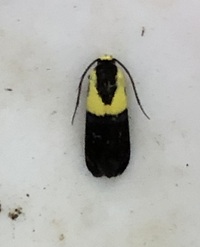
| Recorded by: B. Bockhahn, J. Thomson on 2024-06-29
Macon Co.
Comment: | 
| Recorded by: Jim Petranka on 2024-06-29
Madison Co.
Comment: |
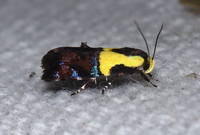
| Recorded by: Jim Petranka on 2024-06-29
Madison Co.
Comment: | 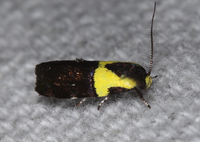
| Recorded by: Jim Petranka on 2024-05-27
Madison Co.
Comment: |

| Recorded by: Jim Petranka on 2024-05-27
Madison Co.
Comment: | 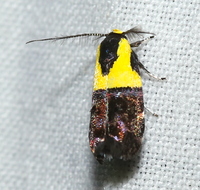
| Recorded by: David George, Jeff Niznik on 2024-05-25
Chatham Co.
Comment: |
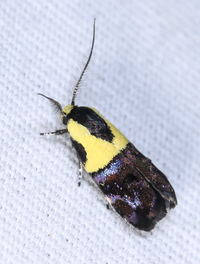
| Recorded by: John Petranka, David George on 2023-08-05
Orange Co.
Comment: | 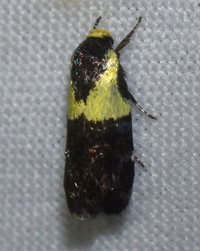
| Recorded by: David George, Stephen Dunn, Jeff Niznik, Rich Teper, Becky Watkins on 2023-07-29
Swain Co.
Comment: |

| Recorded by: K. Bischof on 2023-07-18
Transylvania Co.
Comment: | 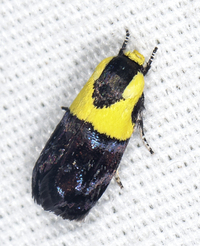
| Recorded by: John Petranka on 2022-07-31
Orange Co.
Comment: |
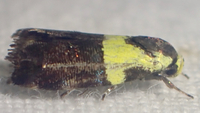
| Recorded by: tom ward on 2022-07-12
Buncombe Co.
Comment: | 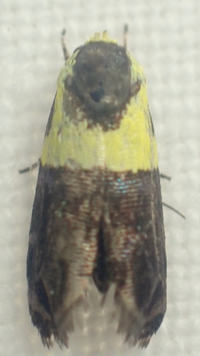
| Recorded by: tom ward on 2022-07-12
Buncombe Co.
Comment: |
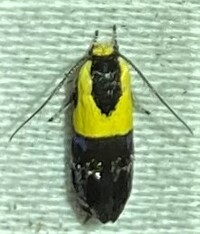
| Recorded by: Dean Furbish on 2021-07-22
Wake Co.
Comment: | 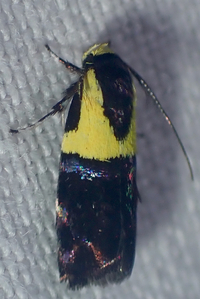
| Recorded by: tom ward on 2021-07-07
Buncombe Co.
Comment: |
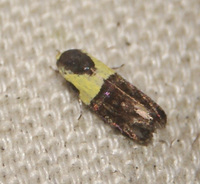
| Recorded by: Vin Stanton on 2021-07-06
Buncombe Co.
Comment: | 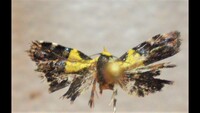
| Recorded by: Darryl Willis on 2020-08-12
Cabarrus Co.
Comment: |
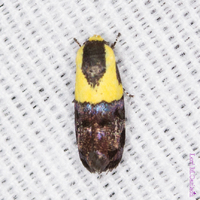
| Recorded by: L. M. Carlson on 2019-07-24
Orange Co.
Comment: | 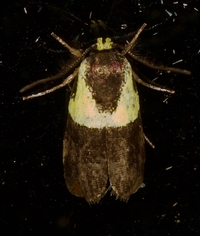
| Recorded by: Jim Petranka and Becky Elkin on 2019-07-22
Madison Co.
Comment: |
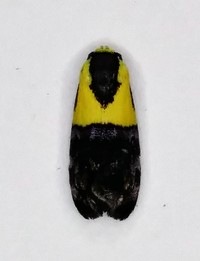
| Recorded by: Gary Maness on 2019-07-20
Guilford Co.
Comment: | 
| Recorded by: Gary Maness on 2019-07-20
Guilford Co.
Comment: |
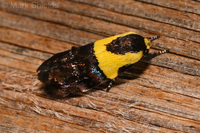
| Recorded by: Mark Shields on 2019-06-30
Onslow Co.
Comment: | 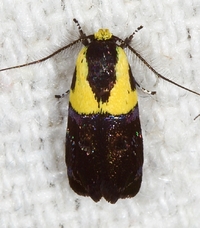
| Recorded by: Jim Petranka and Becky Elkin on 2019-06-17
Madison Co.
Comment: |
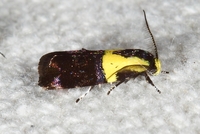
| Recorded by: Jim Petranka and Becky Elkin on 2019-06-17
Madison Co.
Comment: | 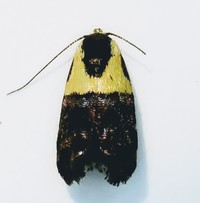
| Recorded by: Gary Maness on 2019-05-19
Guilford Co.
Comment: |

| Recorded by: Gary Maness on 2019-05-19
Guilford Co.
Comment: | 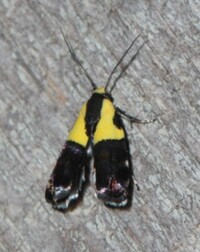
| Recorded by: Julie Tuttle on 2018-07-22
Chatham Co.
Comment: |
|

 »
»



























